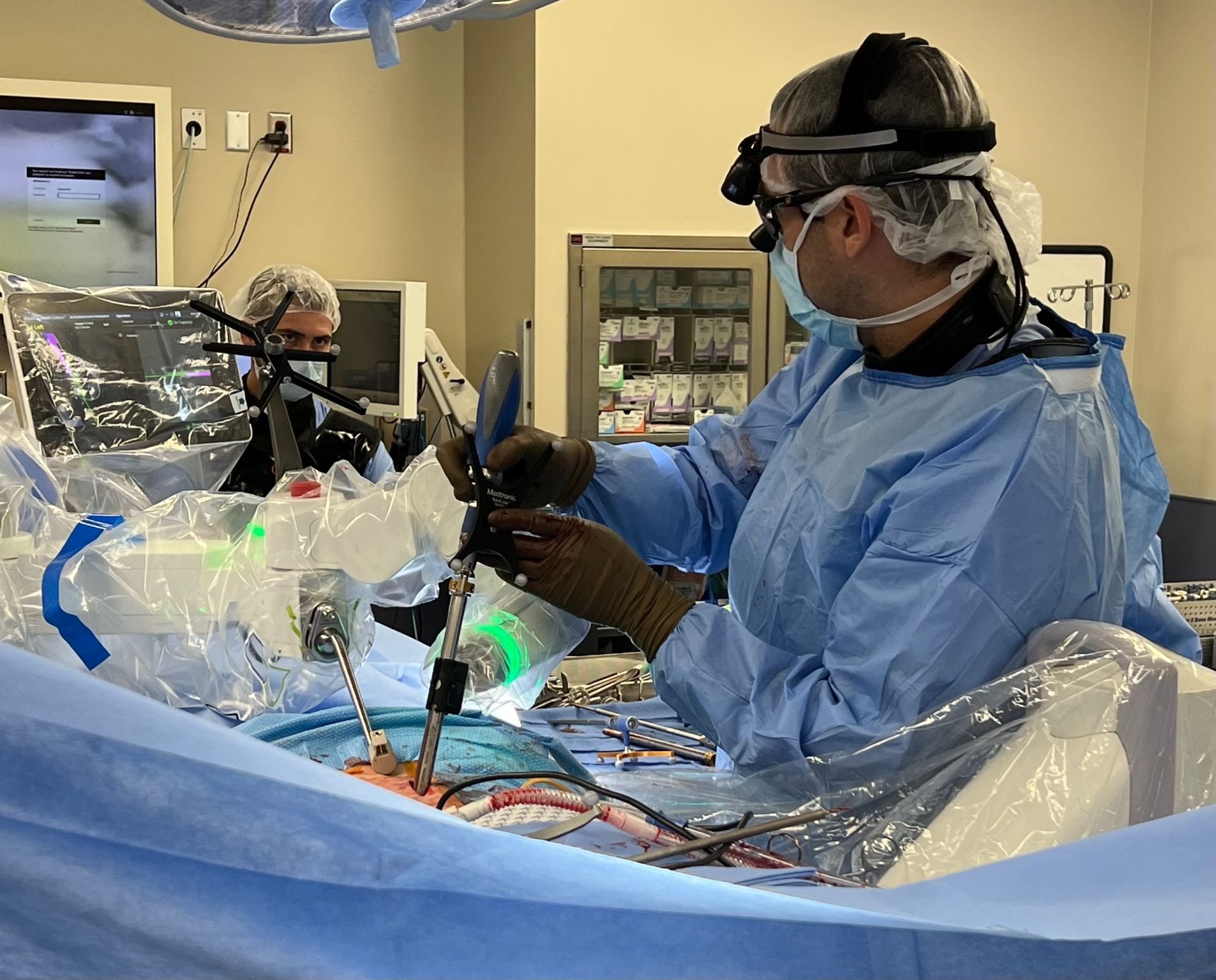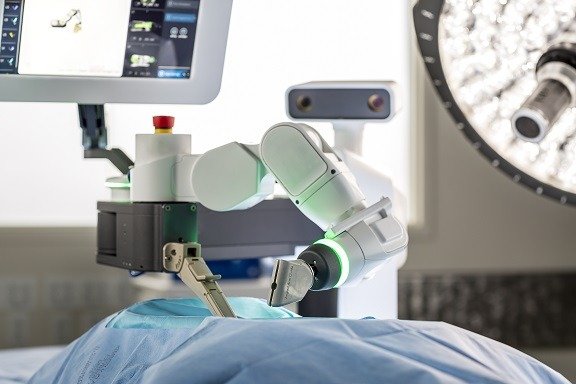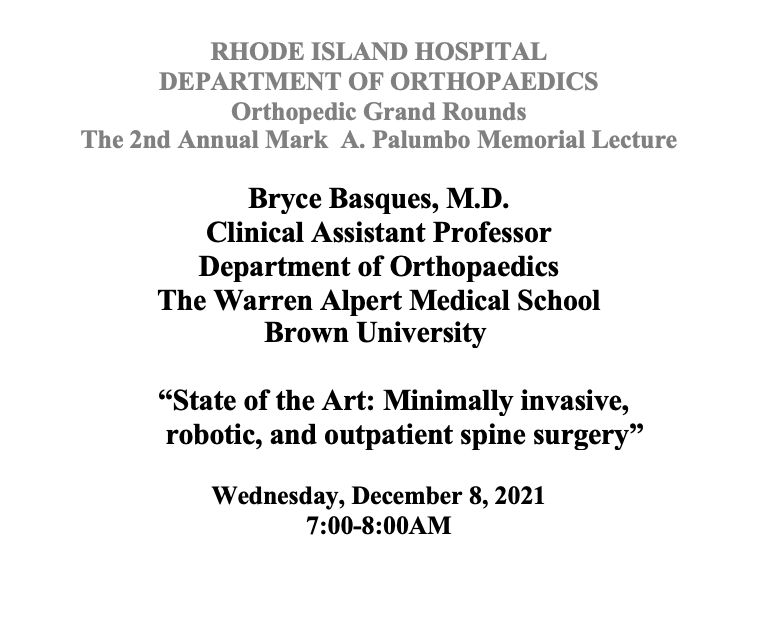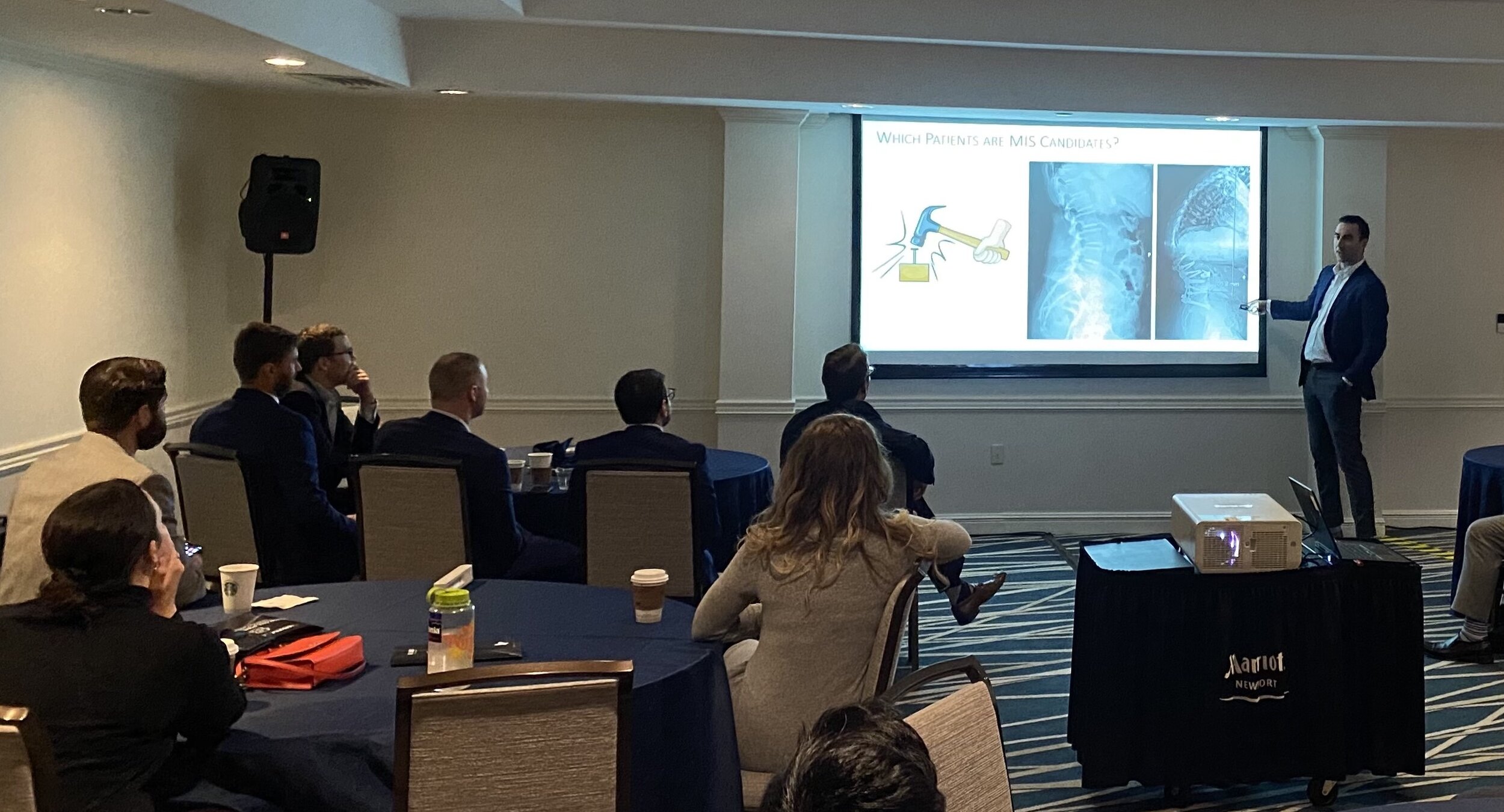Wendi had excruciating leg pain from a herniated disc that prevented her from doing what she loves. After trying all the non-surgical options, she opted to undgergo an endoscopic microdiscecomy.
Endoscopic spine surgery is a new technique only offered by a handful of surgeons in the country. Using a small fiberoptic camera the size of a ballpoint pen and specialized tools, I was able to remove the disc herniation and get Wendi back in action. Immediately after the procedure she felt improvement in her pain and she went home only a few hours after the procedure!












